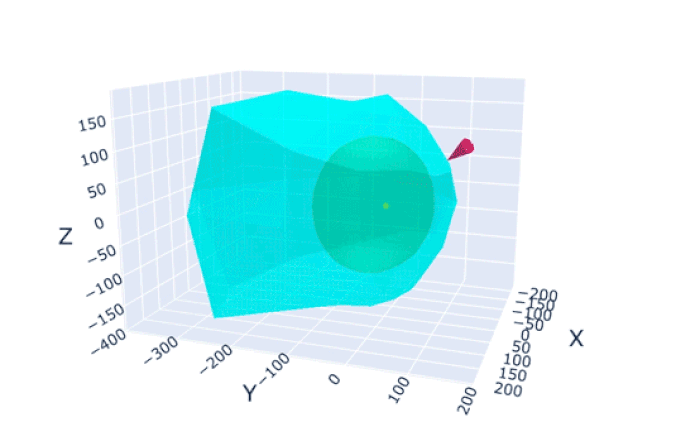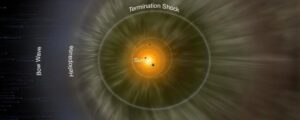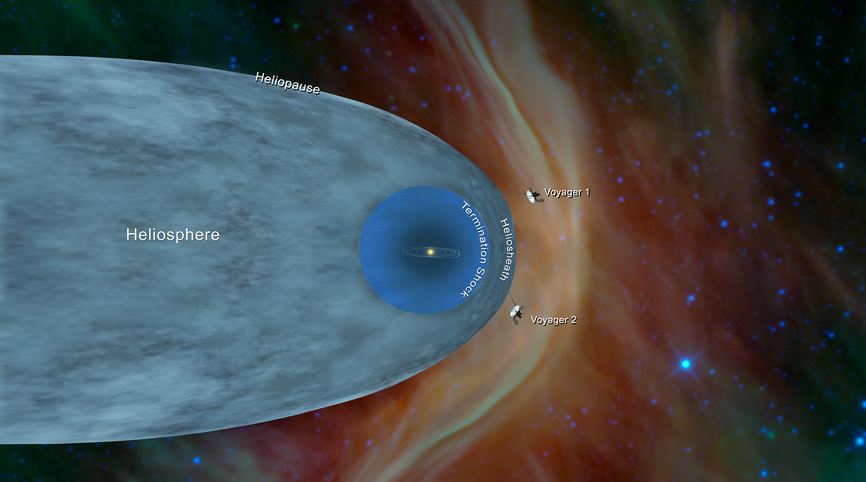Our Solar System’s heliosphere has never looked so great! Thanks to a team of astronomers, we now have the first-ever 3D map of the Solar System’s boundaries.
This discovery could help us get a better image of our Solar System’s environment and how it really interacts with interstellar space (another puzzle astronomers try to figure out).
Curious to find out more?
Intriguing Glimpse of the Solar System’s Heliopause
The heliopause is a breathtaking place. The Sun always blasts a bit of charged particles – a supersonic whirlwind of ionized plasma – out into space. Ultimately, the solar wind gets loose and can’t any longer push against the pressure of interstellar space.
Well, that is the heliopause.
Study insights

Dan Reisenfeld of Los Alamos National Laboratory and his team used data from NASA’s Earth-orbiting IBEX (the Interstellar Boundary Explorer), an advanced observatory that can measure the particles flung from the heliosheath (the outermost area of the heliosphere).
Most of those particles are known as ENAs (energetic neutral atoms). They’re the result of collisions between particles from the interstellar wind and the solar wind.
As per astronomers’ findings, the particles’ strength depends on the solar wind power at the time of the collision. Such a phenomenon is similar to the wind on Earth. It doesn’t always blow the same.
Furthermore, the team used data from a complete solar cycle from 2009 to 2019. The results are genuinely intriguing.
Reisenfeld states:
“Physics models have theorized this boundary for years; […] this is the first time we’ve actually been able to measure it and make a three-dimensional map of it.”
Decoding signals
Astronomers needed to decode that signal to map the heliopause. The power of the signal and the time lag between sending and receiving can unveil the distance and shape of obstacles.Â
The team discovered that the shape of the heliopause is similar to a comet. It has a tail of at least 350 astronomical units long and a minimal radial length of about 110 to 120 astronomical units.
Below, you can see an image of the map:

The IBEX mission will continue until 2025 when the Interstellar Mapping and Acceleration Probe is scheduled to start.
Astronomers hope that both missions will offer more data to finally refine the heliopause’s shape.












Leave a Reply